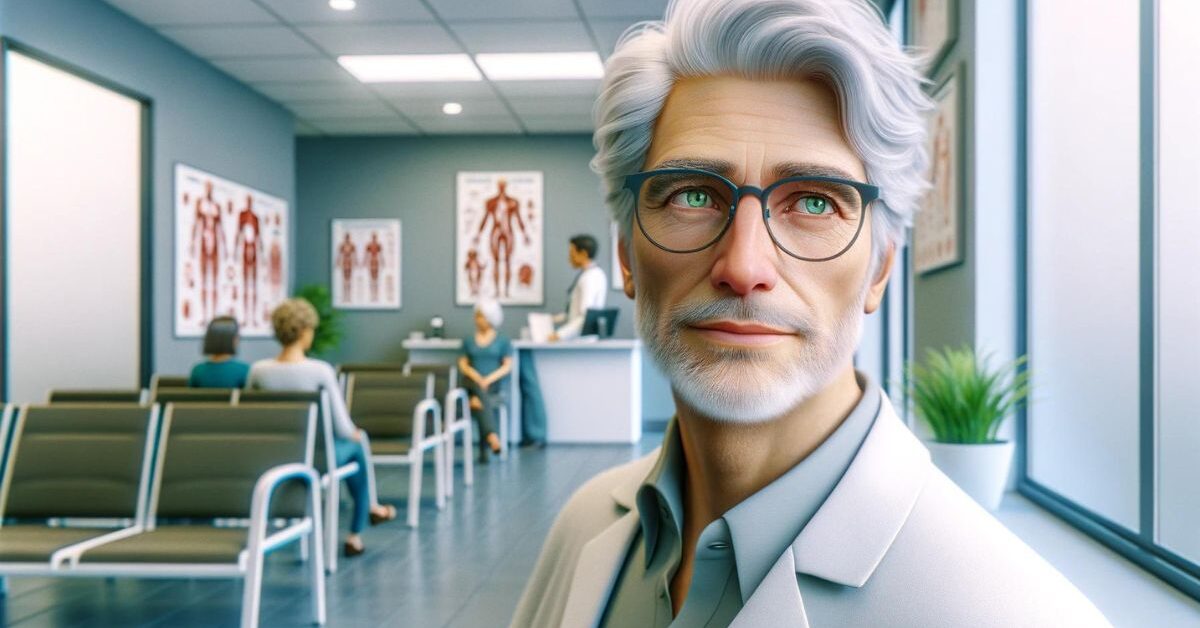Find out when to worry about an enlarged prostate: symptoms, diagnosis and treatments. Crucial information for your men’s health.
The prostate It is a walnut-sized gland that is part of the male reproductive system. As we age, it is common for the prostate to experience enlargement, a phenomenon known as BPH (BPH). However, there are times when this enlargement can indicate more serious problems, leading men of all ages to wonder when it’s time to worry about an enlarged prostate.
What is Benign Prostatic Hypertrophy (BPH): Benign prostatic hypertrophy is a common condition among older men, characterized by enlargement of the prostate. This phenomenon is primarily due to hormonal changes related to aging and is not associated with an increased risk of prostate cancer. However, symptoms related to BPH can have a significant impact on an individual’s quality of life.
Symptoms of BPH: Symptoms of benign prostatic hyperplasia can range from mild to severe and include difficulty initiating and maintaining urinary flow, increased urinary urgency and frequency, and a sensation of incomplete emptying of the bladder. bladder. Although these symptoms are often attributed to aging, it is important to pay attention to any changes and consult a doctor if they appear.
When to See a Doctor: Although BPH is a benign condition, there are warning signs that indicate the need to see a doctor. These include rapid worsening of symptoms, pain when urinating, blood in the urine or in semen, and difficulty urinating that does not improve with time or with home treatments.
Read also: Prostate cancer: what are the first symptoms?
Diagnosis and Tests: The diagnosis of benign prostatic hypertrophy usually involves a physical examination, an analysis of symptoms, and sometimes specific tests such as a blood test for prostate specific antigen (PSA) and transrectal ultrasound. These tests are useful for ruling out other conditions, including prostate cancer.
Treatments: Treatments for benign prostatic hypertrophy vary based on the severity of symptoms and the patient’s overall health. Common options include drug therapies, minimally invasive therapies such as transurethral thermodilation of the prostate (TURP), and, in more severe cases, surgical interventions such as prostatectomy.
Prevention and Management: Some lifestyle changes can help prevent or manage symptoms related to BPH. These include limiting alcohol consumption and caffeineregular exercise, stress management and avoiding holding urine for long periods.
In summary, enlarged prostate is a common condition among older men and, in most cases, it is benign. However, it is important to pay attention to the symptoms and consult a doctor if you experience any warning signs. With early diagnosis and appropriate treatments, you can effectively manage BPH-related symptoms and improve your quality of life.
Subscribe to our channels so you don’t miss any of our posts!
Telegram: sign up here
WhatsApp: sign up here
